1. 17% of shoppers say Food To Go is the main reason they visit a store
2. Meal deals are surging as consumers seek out value
3. Consumers are more tolerant of lunch on-the-go price rises vs other OOH eating occasions
4. 38% of Brits say it’s “impossible to be healthy” when having a shop-bought readymade lunch
5. One in four shoppers say they want to see more plant-based Food To Go options
6. Only 68% of businesses have all the information they need to follow Natasha’s Law
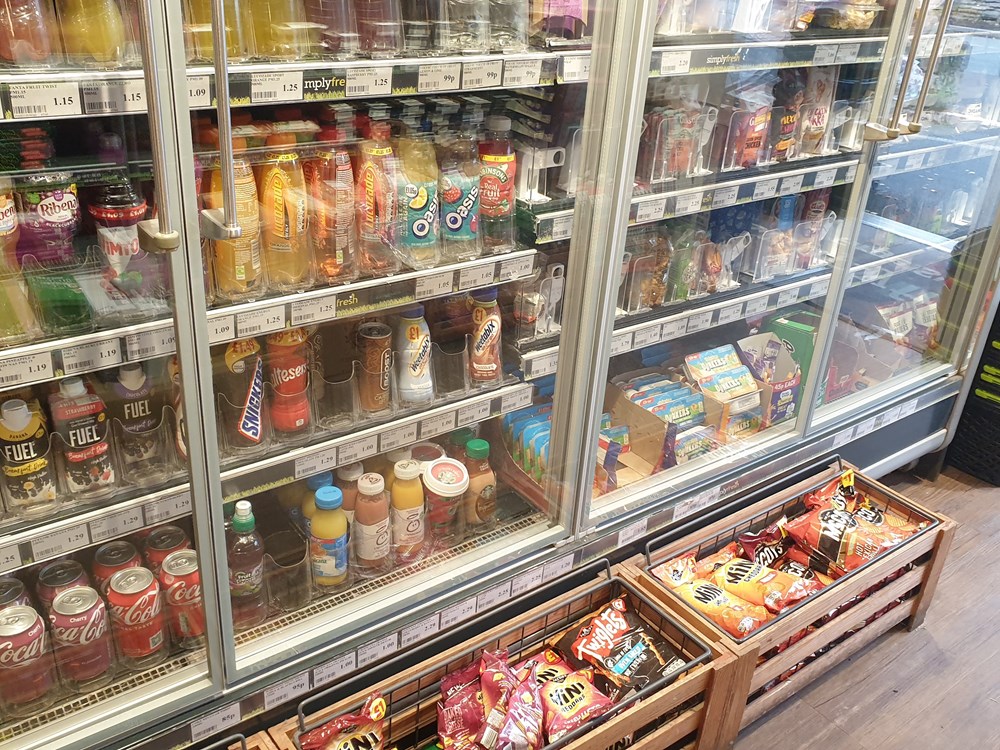
1. 17% of c-store shoppers say Food To Go is the main reason they visit
Food To Go is becoming an even bigger reason why shoppers are visiting convenience stores in the first place. According to data by Lumina Intelligence, 17% of shoppers said food to go was the main reason they visited a store in the 12 weeks to 28 May 2023. In the same period a year ago, that figure was 14.6%. So, if you do not have a quality Food To Go offering in place, you may be missing out on up to one in five shopper visits.
Looking to the future, the outlook appears positive for food to go. Jo Agnew, Natural Balance Foods marketing director, says: “Food To Ggo is forecast to see a growth of 4.1% by the end of 2023, ahead of pre-pandemic levels. Convenience is set to top the Food To Go market as it is projected to increase to £550m during the next three years [Lumina].”
One of the biggest contributing demographics to the growth of Food To Go in convenience has been families, claims Nestle. “They’ve had a five percentage point increase in food-to-go occasions this year [Lumina],” says the firm. “And it makes sense, families are often busy and will be looking for quick, convenient, and affordable food options that cater to both adults and children.”
Retailer Manjit Gill, owner of two One Stop stores in Newark, Nottinghamshire, says: “You’ve got to give Food To Go a chance to succeed and don’t just quit big ideas after a little while. You’ve got to persevere and then the results will come.”
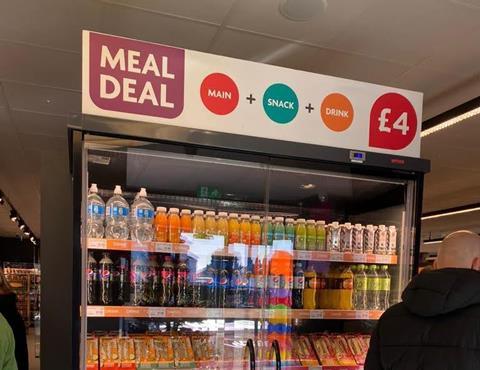
2. Meal deals are surging as consumers seek out value
Though there was plenty of debate around the longevity and necessity of the sandwich, crisp and drink meal deal pre-covid, the increase in ‘value’ as a priority among food-to-go shoppers has made them an unmissable part of a retailer’s range. In fact, so strong is demand for meal deals that even upmarket retailer Waitrose recently introduced one for the first time ever.
Lumina reveals the top three items bought in a meal deal are pre-packed sandwiches/baguettes, cola drinks and grab bags of crisps.
“Sixty-eight per cent of consumers enjoy the occasional bag of crisps with their sandwiches, so there is a significant opportunity here for retailers to capitalise,” says Nic Storey, PepsiCo senior impulse sales director.
Confectionery is also a popular meal deal component, with Nestlé highlighting research that 13.7% of meal deals include a confectionery item, with the majority of these being single chocolate bars (Lumina). “Confectionery is an integral part of the lunch occasion, with Kitkat 4 Finger Milk being the No.1 Single bought with sandwiches [Kantar],” says the firm.
Manjit says: “Our lunch meal deals fly out the store. We’ve got an eight-foot banner promoting it outside our shop. At £3.90 it offers great value. If you selected the most expensive sandwich, drink, and snack, it would cost a shopper around £8.”
ADVERTISEMENT
Grenade OREO Protein Bar – The No.1 in Convenience

The nation’s favourite high protein, low sugar bar, now with the unmistakable great taste of OREO cookies, the number one biscuit brand in the world!
With 21g protein, just 1g of sugar and a whole lot of that iconic OREO flavour, this bar is the real deal. The bar features a creme layer flavoured with genuine OREO vanilla flavour and a nougat centre loaded with authentic OREO cocoa flavour. With this instantly recognisable black & white centre and a taste to match, this is a bar that the most die-hard OREO fans will love.
Make space in confectionery bays for Grenade OREO Protein Bar – it’s not to be missed.
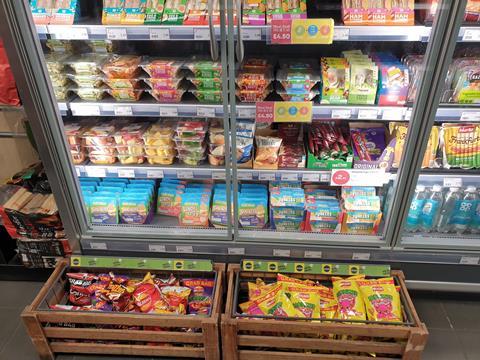
3. Consumers are more tolerant of lunch on the go price rises vs other OOH eating occasions
“While price is a crucial factor in any purchase decision – and is becoming increasingly important as shoppers look to tighten their belts – research from IGD shows that lunch on the go has the highest tolerance to price rises of all the out-of-home (OOH) eating occasions [IGD],” says Ross Davison, head of convenience at Kepak.
“Shoppers are willing to accept these increases due to the lower initial price points of meal deals and are justifying paying more per meal owing to hybrid working, which results in fewer days in the office and less purchase frequency.”
TWC claims that the Food To Go market is flat in terms of the number of occasions, but up in terms of value, meaning that consumers are willing to pay slightly higher prices to maintain their food-to-go habits. “That shows that even though it’s a challenging market, some of the inflationary measures have been passed on to consumers,” says Mealtrak co-founder Nick Blake.
Though there’s been a swing towards shoppers looking for value, MealTrak has not recorded any decline in shoppers buying the more indulgent options they were looking for during covid lockdowns. Blake says: “There’s a temptation for retailers to chase value, but all this does is commoditise the category. It’s all about offering a balanced portfolio.”
Retailers can do this by offering value lines, healthier choices, and premium brands. “There are now meal deals that are specifically targeted at health-conscious consumers, as well as ones aimed at families,” says Phil Carratt, head of marketing and strategy at Country Choice. “In addition, retailers are experimenting with different types of meal deals, including those based around hot food items such as soup, pasta, or jacket potatoes.”
Supermarkets are using premium meal deals to maintain value in their food-to-go range. Tesco has partnered with world brands such Itsu and Yo Sushi. Elsewhere, Sainsbury’s is using health to push up prices, with a new range of options under its Flourish brand.
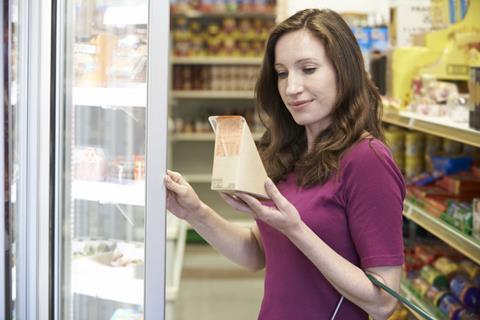
4. 38% of Brits say it’s “impossible to be healthy” when having a shop-bought ready-made lunch
On the whole though, many retailers are failing to provide healthier Food To Go lunchtime options, according to research from Pollen + Grace. The firm revealed that over a third (38%) of Brits report that it’s “impossible to be healthy” when having a shop-bought readymade lunch, despite nearly a quarter (23%) feeling much happier and more awake in the afternoon when having a healthy lunch.
“With 86% of shoppers trying to improve their diets [IGD], retailers need to stock up on options that deliver not only on taste, but on health credentials too,” say founders Stephanie Kingston and Kristina Komlosiova. Given that 29% of shoppers say they would be most likely to choose one meal over another if it had healthy ingredients clearly displayed (Mintel 2022), the brand has recently refreshed its packaging to ensure that the products’ natural ingredients are clearly visible.
Paul Sloane, country manager at Yfood, believes that shoppers prioritise health over price. “Consumers are more influenced by their personal health than the cost-effective options when buying food in 2023.”
“Healthier food options are in growth, leading to an increase in demand for items such as salads, wraps, and smoothies,” adds Country Choice’s Phil Carratt.
Demand for healthier products can also be seen within snacking, with Lumina research revealing that cereal bars as a meal deal component have grown by 7.1ppt year on year.
Nuts are also performing well thanks to their health credentials. “Exempt from HFSS legislation, nuts, with their natural and functional benefits, are seeing huge growth,” says KP Snacks’ Matt Collins.

5. One in four shoppers say they want to see more plant-based Food To Go options
One in four shoppers say they want to see more plant-based Food To Go options [IGD], so there’s a big opportunity for retailers to grow their sales with the right range, states Pollen + Grace. The firm adds that this isn’t just about consumers’ ethical choices, highlighting that health is the highest reported driver for most consumers choosing plant-based products over their conventional counterparts (Ipsos).
While retailers may be nervous about offering products that cater for specific diets, providing a range of free-from and plant-based options can appeal to a wide range of consumers. MealTrak’s Nick Blake says: “2.9% of consumers state they are vegan, but if you add onto that ‘vegetarian’, ‘plant-based’ and those who are ‘trying to eat less meat’, it’s 16% of the market. It’s similar in free from – only 1% of people say they are coeliacs, but a lot more buy into it.”
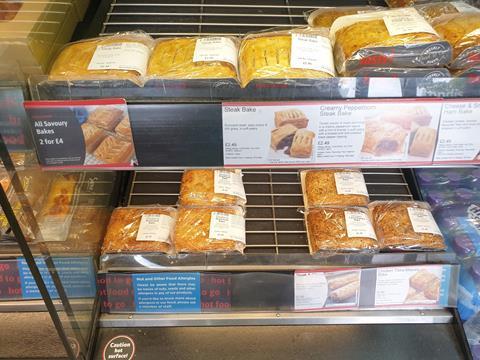
6. Only 68% of businesses have all the information they need to follow Natasha’s Law
Despite being introduced almost two years ago, there is still confusion over Natasha’s Law. This summer, a Food Standards Agency evaluation found that 91% of businesses were aware of the law, but that only 68% indicated they had all the information they needed to follow it.
The law requires businesses selling pre-packed for direct sale (PPDS) food to attach a label containing the name of the product and a full ingredients list to each individual PPDS product, with allergens emphasised within the list. PPDS products include sandwiches and bakery products which are packed on site before a consumer select them; fast food packed before it is ordered, such as a burger under a hot lamp where the food cannot be altered without opening the packaging; and products which are prepackaged on site ready for sale, such as pizzas, rotisserie chicken, salads and pasta pots.
“Since the introduction of Natasha’s Law, we have been working hard to raise awareness of its implications for retailers and providing them with solutions that enable them to comply with the legislation,” says Country Choice’s Phil Carratt.
“This includes a bespoke labelling solution, directly linked to a constantly updated database, to help retailers serving food ensure that allergens are clearly labelled on food-to-go products.”
Despite the complexities of allergen labelling, there are huge benefits to making Food To Go products in-store. “Retailers shouldn’t be afraid to make their own Food To Go products in store,” says retailer Liam Cross, owner of Spar Dersingham, Norfolk, who revamped his Food To Go range as part of a £90,000 refit earlier this year. “Where margins are 20-30% for a local supplier, products made in store can be 60%+.”




















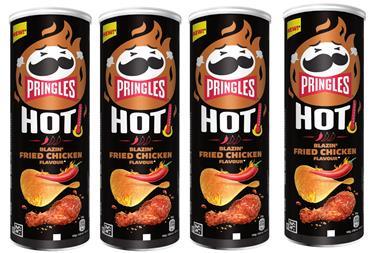

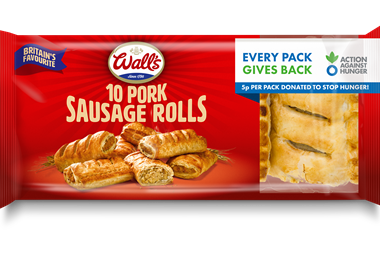






No comments yet